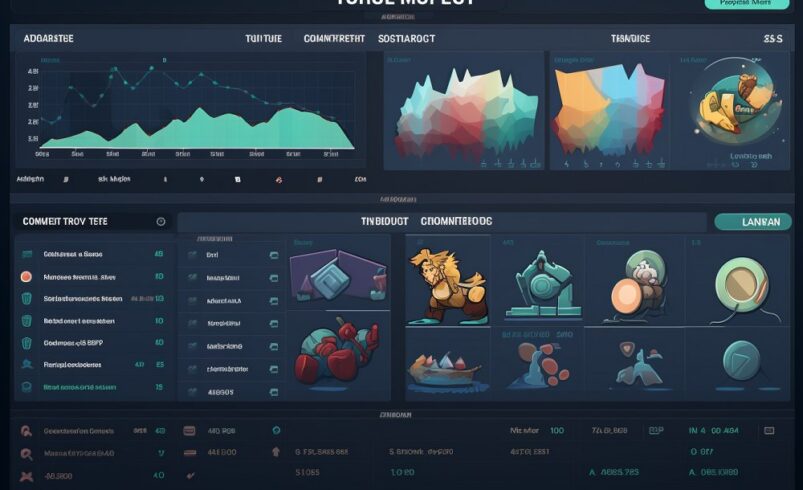Circle Secures First MiCA License for Stablecoin Issuance

Circle Achieves Landmark MiCA Compliance
Circle has become the first stablecoin issuer to achieve regulatory approval under the European Union’s Markets in Crypto-Assets (MiCA) framework. This milestone signals a new regulatory clarity and stability era for cryptocurrency market players within the EU.
Circle’s co-founder and CEO, Jeremy Allaire, announced the news, highlighting that these digital fiat tokens are now fully compliant under MiCA’s comprehensive regulatory regime, assuring investors concerned about their digital assets’ legal standing. Accordingly, USDC and EURC holders can continue their transactions without the need to redeem or transfer their holdings to remain compliant.
Circle’s decision to establish its European headquarters in France is also a noteworthy aspect of this achievement. The company cited France’s progressive stance on digital asset regulation and its collaborative relationship with the French Prudential Supervision and Resolution Authority (ACPR) as pivotal factors. This move is expected to bolster France’s position as a hub for digital finance and innovation within Europe.
Adjustments in Response to the MiCA Framework
Meanwhile, the broader implications of Circle’s regulatory compliance are already being felt across the industry. Several crypto exchanges have preemptively adjusted their policies in anticipation of implementing the MiCA regulation.
Try Crypto Engine today, the best crypto trading bot! Click here to sign up. Artificial intelligence crypto bots are leading the trading markets, you can take part in the AI revolution and make money too! Stay ahead of the crypto game with Artificial Intelligence crypto trading bot today!
For instance, Uphold, a prominent crypto exchange, announced delisting six stablecoins, including Tether (USDT) and Dai (DAI), for its European users. Similarly, Bitstamp delisted Tether’s EURT stablecoin.
However, Binance, the world’s largest centralized exchange, opted for a more cautious approach. It adopted a “sell-only” strategy for certain stablecoin products, labeling them compliant or non-compliant and restricting specific market features for European users.
EU Enforces MiCA Regulations on Stablecoins
The MiCA regulation specifically targets stablecoins and aims to enhance financial stability and investor protection within the bloc. One of the cornerstone provisions of MiCA is the limitation imposed on stablecoin transactions.
The regulation prohibits any stablecoin from exceeding one million daily transactions for goods or services, regardless of whether these transactions occur on-chain or off-chain. This measure aims to prevent excessive volatility and ensure that stablecoins do not pose systemic risks to the broader financial system.
Hence, Ilya Volka, CEO of YouHodler, urged stablecoin holders to convert their non-compliant assets to regulated alternatives such as USDC. According to Volka, this conversion ensures compliance with the new regulations and maintains the value stability of such digital assets. He warned against moving stablecoins to offshore platforms, highlighting the legal and financial risks of using unregulated stablecoins outside the EU’s jurisdiction.
Concerns Over MiCA’s Complex Regulatory Requirements
Meanwhile, Tether’s CEO, Paolo Ardoino, has voiced concerns about the regulatory framework’s complexity and the operational challenges it poses for stablecoin issuers. Ardoino argued that some MiCA requirements could make EU-licensed stablecoins more vulnerable and riskier, calling for further dialogue to refine the technicalities involved.
Notably, Article 23 of the law prohibits companies from issuing additional stablecoins in the bloc if their stablecoin surpasses 1 million daily transactions as a medium of exchange or €200 million (around $215 million) in daily trading volume.
A Positive Effect
Despite these concerns, many experts believe that MiCA represents a significant step in regulating digital assets. Eleanor Gaywood, Head of Strategy at Coincover, praised the framework as a pioneering effort that places the EU at the forefront of embracing cryptocurrency innovations.
She hoped that regulatory bodies like ESMA would work collaboratively with the industry to ensure smooth compliance rather than relying on enforcement actions. As MiCA’s partial applicability commenced on June 30, 2024, crypto asset service providers must meet certain Anti-Money Laundering (AML) and Know Your Customer (KYC) standards. Full compliance with MiCA’s comprehensive regulatory framework is expected by December, a precedent for other jurisdictions to follow.
Disclaimer: Latest Coin News is your go-to platform for promoting content for a multitude of cryptocurrency and blockchain enterprises, and your organization could be the next to benefit from our services! For inquiries, don’t hesitate to connect with us via our Telegram Chat. Given the volatile nature of the cryptocurrency market, we encourage you to conduct comprehensive research prior to making any investment decisions. Some of the content on our website, such as broker reviews, is either paid content or contributions from guest authors and may not necessarily reflect the views of Latest Coin News. We disclaim any responsibility for the accuracy, quality, and content of advertisements, products, or any other materials, including ad spaces displayed on our platform. For a thorough understanding, we invite you to review our full terms and conditions and disclaimer.






